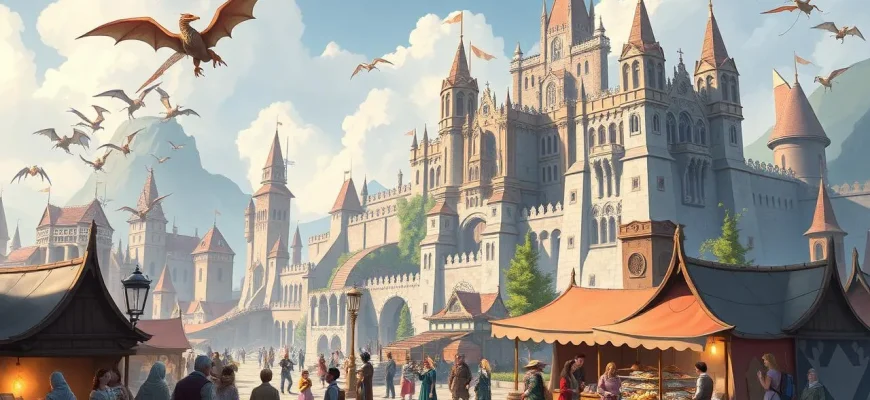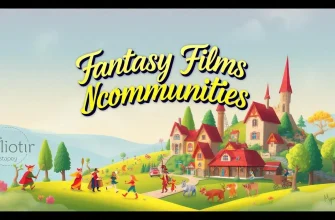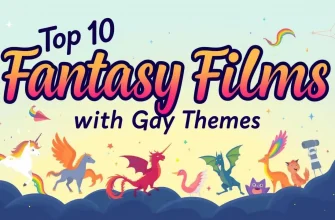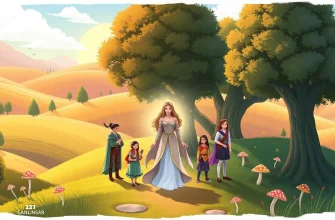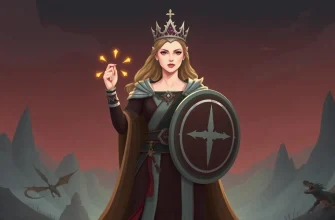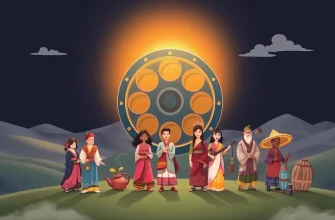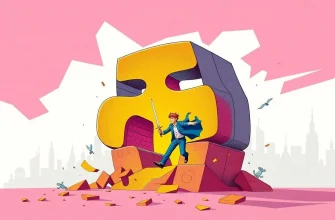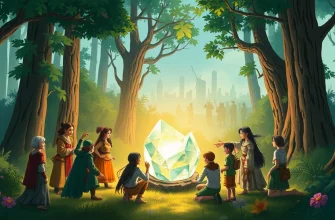Fantasy films often serve as a mirror to our society, reflecting its complexities and contradictions. This curated list of 10 fantasy films delves into the theme of class inequality, showcasing how different worlds and realms grapple with the same issues of power, privilege, and social stratification. These films not only entertain but also provoke thought, making them valuable for anyone interested in exploring societal dynamics through the lens of fantasy.
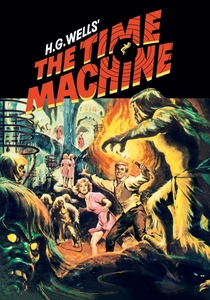
The Time Machine (1960)
Description: Traveling to the future, the protagonist discovers a world divided into the Eloi and the Morlocks, representing the ultimate class divide.
Fact: The film's time machine prop was designed by Bill Ferrari, who also worked on the iconic spaceship for "Forbidden Planet."
 Watch Now
Watch Now

The Phantom Tollbooth (1970)
Description: This animated film explores a world where different realms represent different aspects of knowledge, with clear class distinctions between them.
Fact: The film was Chuck Jones' last major project, known for his work on Looney Tunes and "How the Grinch Stole Christmas."
 Watch Now
Watch Now
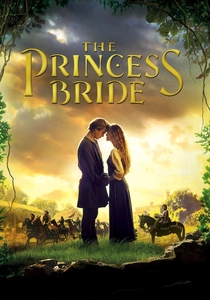
The Princess Bride (1987)
Description: While primarily a fairy tale, the film subtly addresses class issues through the characters' interactions and the societal roles they play.
Fact: The film was adapted from William Goldman's novel, which was inspired by his own childhood experiences.
 Watch Now
Watch Now
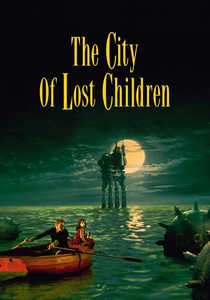
The City of Lost Children (1995)
Description: This surreal film portrays a world where a mad scientist steals children's dreams, reflecting themes of exploitation and the disparity between the powerful and the powerless.
Fact: The film was co-directed by Jean-Pierre Jeunet and Marc Caro, known for their unique visual style.
 Watch Now
Watch Now
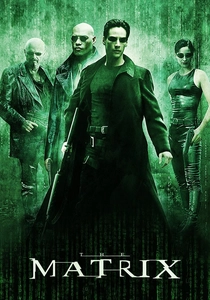
The Matrix (1999)
Description: While not overtly about class, the film's narrative of humans being used as energy sources by machines can be seen as a metaphor for exploitation and class division.
Fact: The film's "bullet time" effect was groundbreaking and has since been widely imitated.
 Watch Now
Watch Now
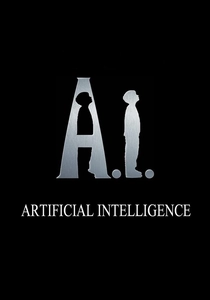
A.I. Artificial Intelligence (2001)
Description: The film explores a future where robots, designed to serve humans, face discrimination and classism, reflecting societal issues of inequality.
Fact: Stanley Kubrick developed the project for years before passing it to Steven Spielberg to direct.
 Watch Now
Watch Now
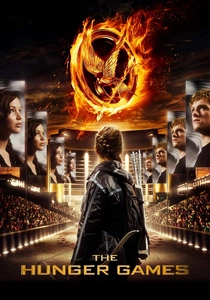
The Hunger Games (2012)
Description: In a dystopian future, the Capitol, a symbol of wealth and power, pits children from the impoverished districts against each other in a televised fight to the death, highlighting the stark class divide.
Fact: The film's director, Gary Ross, insisted on using real fire for the opening ceremony, making it a visually stunning and dangerous spectacle.
 Watch Now
Watch Now

Snowpiercer (2013)
Description: Set on a perpetually moving train where the tail section houses the poor and oppressed, while the front enjoys luxury, this film explores the extreme class divide in a post-apocalyptic world.
Fact: The film was originally intended to be a TV series, but director Bong Joon-ho decided to make it a feature film instead.
 Watch Now
Watch Now

The Dark Crystal (1982)
Description: In this fantasy world, the Skeksis rule over the Gelflings, illustrating a clear class divide where one species dominates and exploits another.
Fact: Jim Henson's Creature Shop created all the puppets, making it one of the most ambitious puppet films ever made.
 30 Days Free
30 Days Free
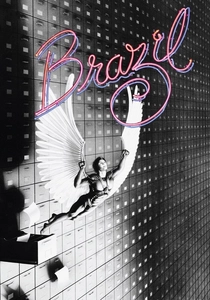
Brazil (1985)
Description: This dystopian satire shows a society where bureaucracy and class division are taken to absurd extremes, with the lower classes living in squalor while the elite remain detached.
Fact: The film's ending was a point of contention between director Terry Gilliam and Universal Studios, leading to multiple versions.
 30 Days Free
30 Days Free

